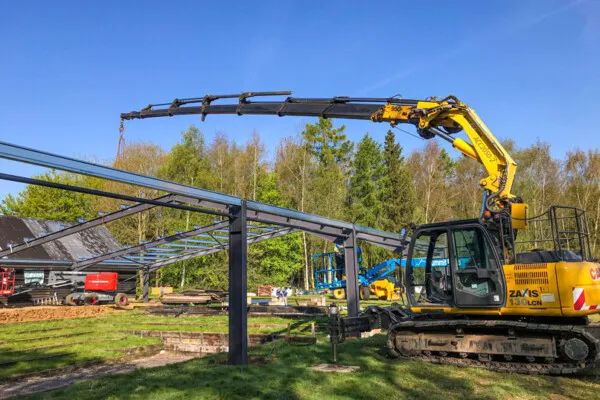- Afrikaans
- Albanian
- Amharic
- Arabic
- Armenian
- Azerbaijani
- Basque
- Belarusian
- Bengali
- Bosnian
- Bulgarian
- Catalan
- Cebuano
- Corsican
- Croatian
- Czech
- Danish
- Dutch
- English
- Esperanto
- Estonian
- Finnish
- French
- Frisian
- Galician
- Georgian
- German
- Greek
- Gujarati
- Haitian Creole
- hausa
- hawaiian
- Hebrew
- Hindi
- Miao
- Hungarian
- Icelandic
- igbo
- Indonesian
- irish
- Italian
- Japanese
- Javanese
- Kannada
- kazakh
- Khmer
- Rwandese
- Korean
- Kurdish
- Kyrgyz
- Lao
- Latin
- Latvian
- Lithuanian
- Luxembourgish
- Macedonian
- Malgashi
- Malay
- Malayalam
- Maltese
- Maori
- Marathi
- Mongolian
- Myanmar
- Nepali
- Norwegian
- Norwegian
- Occitan
- Pashto
- Persian
- Polish
- Portuguese
- Punjabi
- Romanian
- Russian
- Samoan
- Scottish Gaelic
- Serbian
- Sesotho
- Shona
- Sindhi
- Sinhala
- Slovak
- Slovenian
- Somali
- Spanish
- Sundanese
- Swahili
- Swedish
- Tagalog
- Tajik
- Tamil
- Tatar
- Telugu
- Thai
- Turkish
- Turkmen
- Ukrainian
- Urdu
- Uighur
- Uzbek
- Vietnamese
- Welsh
- Bantu
- Yiddish
- Yoruba
- Zulu
Oct . 18, 2024 11:44 Back to list
Industrial Steel Structure Buildings A Comprehensive Overview
In the realm of modern construction, industrial steel structure buildings have emerged as a prominent choice for various applications, ranging from manufacturing facilities to warehouses and distribution centers. The advantages of steel as a building material are numerous, making it a favorite among architects, engineers, and property developers alike. This article aims to explore the significance, benefits, and design considerations associated with industrial steel structure buildings.
The Rise of Steel in Construction
Steel has long been celebrated for its strength and durability. In the context of industrial buildings, these properties translate into significant advantages. Unlike traditional materials such as wood or concrete, steel can withstand extreme weather conditions, making it particularly suitable for large-scale constructions. The global demand for industrial steel structure buildings has grown as industries seek efficient, functional, and cost-effective solutions to meet the needs of a rapidly evolving marketplace.
Advantages of Steel Structure Buildings
1. Versatility Steel structures can be designed to serve a myriad of purposes. Whether it’s for manufacturing, storage, or even office space, steel provides the flexibility needed to accommodate diverse industrial functions.
2. Cost-Effectiveness While the initial investment in steel may seem higher than other materials, the long-term savings are significant. Steel buildings often require less maintenance and lower insurance premiums due to their resilience against pests, mold, and fire.
3. Speed of Construction Pre-engineered steel buildings can be fabricated off-site and then quickly assembled on-site. This reduces construction time significantly, allowing businesses to begin operations sooner and capitalize on their investments.
4. Sustainability Steel is a recyclable material, and its use can contribute to a building's sustainability profile. Many manufacturing processes are now designed to minimize waste and energy consumption, further enhancing the green credentials of steel structures.
industrial steel structure building

5. Design Freedom With advancements in design software and engineering techniques, architects can create stunning steel structures that are both functional and visually appealing. The capacity for long spans without the need for intermediate supports allows for open floor plans that maximize usable space.
Design Considerations
When planning an industrial steel structure building, several factors must be taken into account to ensure that the project meets its intended purpose
1. Load Requirements The design must consider the loads that the building will support, including equipment, inventory, and even the weight of snow or wind pressure. Proper engineering is crucial to ensure safety and longevity.
2. Zoning and Regulations Compliance with local building codes and zoning laws is critical. Engaging with local authorities early in the design process can help mitigate future complications.
3. Future Expansion Businesses often experience growth and may need to expand their operations. Designing a steel structure with future modifications in mind can save time and reduce costs for potential expansions.
4. Environmental Impact Selecting sustainable practices during construction and operation can enhance the building's environmental footprint. Options for energy-efficient HVAC systems, insulation, and renewable energy sources should be explored.
Conclusion
Industrial steel structure buildings represent a forward-thinking choice for businesses looking for practicality, efficiency, and adaptability in their facilities. With their robust nature, cost-effectiveness, design versatility, and sustainability features, steel structures are poised to dominate the construction landscape. As industries continue to evolve, the use of industrial steel buildings will undoubtedly play a crucial role in supporting growth, innovation, and a sustainable future in construction. As developers, architects, and engineers embrace the potential of steel, the possibilities for modern industrial environments remain boundless.
-
How Do Prefabricated Steel Structures Transform Modern Construction?
NewsJul.14,2025
-
How Do Prefabricated Metal Buildings Redefine Modern Construction?
NewsJul.14,2025
-
How Do Prefab Insulated Metal Buildings and Steel Structures Revolutionize Modern Construction?
NewsJul.14,2025
-
How Do Pre - Engineered Steel Structures Redefine Modern Construction?
NewsJul.14,2025
-
Advancing Modular Construction with Prefabricated Metal Structures
NewsJul.14,2025
-
Advancing Industrial Infrastructure with Prefabricated Steel Solutions
NewsJul.14,2025
Products categories
Our Latest News
We have a professional design team and an excellent production and construction team.












